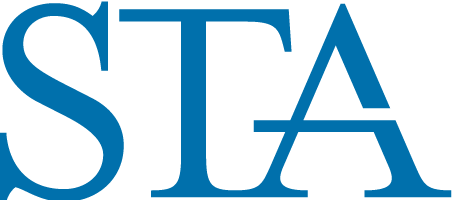Most would agree that the decline in the number of IPOs is not attributed to any single regulatory or competitive event and that in today’s world of low interest rates and private equity new companies have more alternatives for raising capital thus foregoing the traditional IPO process. But what about the growth of passive investing and its impact on active managers? Is there a connection between later’s demise and our public markets’ ability to be an attractive capital raising alternative for new companies? Has passive investing become so powerful that it has not only marginalized active management, but also capital formation?
Today passive investment styles executed through ETFs and other index vehicles form such an essential part of an investment strategy that they in fact drive both the strategy and the market structure. It is doubtful that the inventor of the first ETF or index product set out to change market structure, but they did. While most of the changes ETFs and index vehicles have provided benefits to investors in the forms of transparency, risk mitigation, access to non-traditional asset classes, trading efficiencies and a range of other areas, they have been by definition disruptive. And as with any disruption, unforeseen consequences have developed which have contributed to the overall degradation of our public markets’ ability to perform its capital formation function.
By their design, most ETFs and index products do not participate in IPOs. Therefore most capital which moves to passive is not invested in IPOs. Now, while the amount of investable capital in the U.S. is considerable, it is not infinite, thus significant rotations from active to passive play a degrading factor in capital formation. According to Morningstar, in 2016 passively managed funds for U.S. stocks took in $236.7 billion while actively managed U.S. funds saw outflows of $263.8 billion. Include hedge funds, and the size of the rotation only grows. 2016 was not an anomaly as January 1, 2017 marked the 33rd straight month where passive saw inflows and active experienced outflows.
The knock-on effect of this prolonged rotation is something we read about almost every day, “the death of active management and the institutions and brokers who support them”. These articles accurately describe how investors have come to prefer average or index returns with the conditions described earlier. Simply put, investors would rather buy an ETF than an IPO and we need to respect their decision to do so. But we also need to talk about what is not written, in particular that a death of active management would have a contagion effect on IPOs. While large institutions and global brokerages trading in large cap liquid stocks define much market activity, absent active managers, committed to trading in illiquid names, capital formation and nascent enterprises will suffer – only to rely solely on private equity and other vehicles for investment capital. The raising of equity capital by corporations is the cornerstone of our economy. However, given the regulatory events surrounding research and investment banking; market structure changes affecting trading and investors choosing to place their capital in passive strategies, the raising of capital through public markets has become exceedingly less attractive to issuers. Whether this is the new norm is to be determined, but our markets will be materially diminished both in terms of market structure and investor demand, if active managers and the investors who have confidence in them continue to be diminished.
